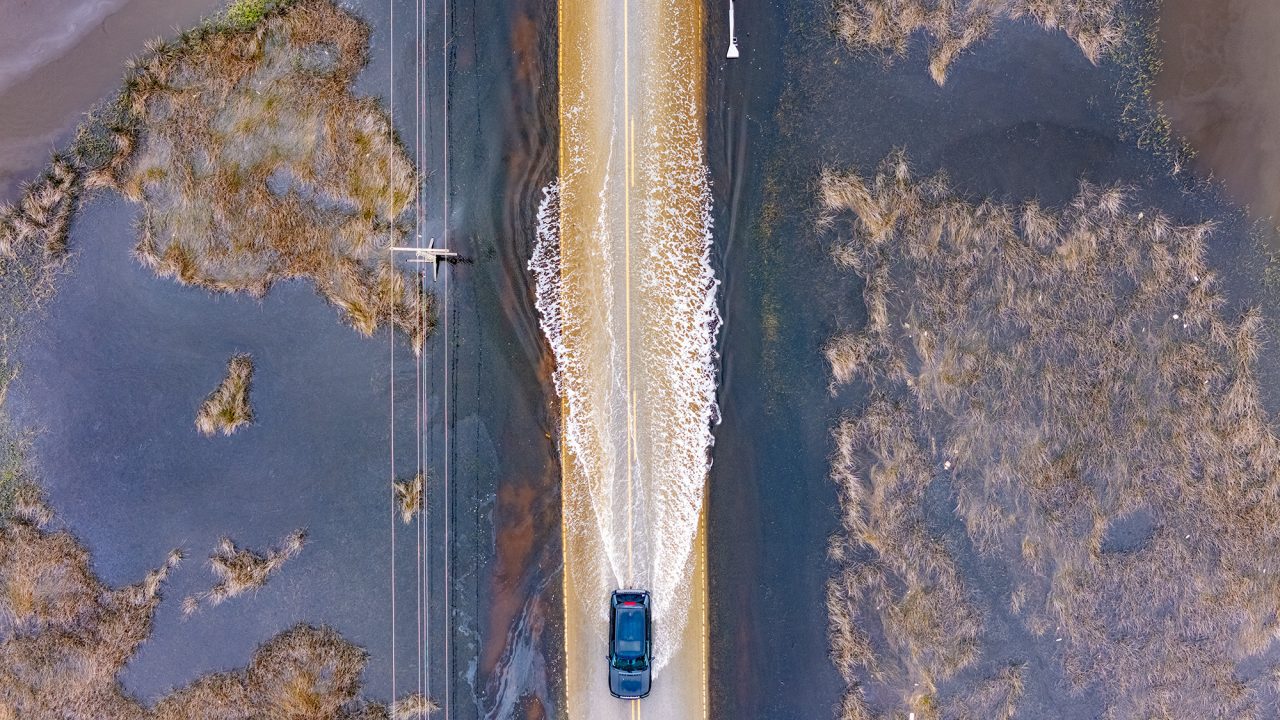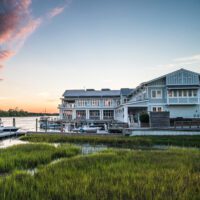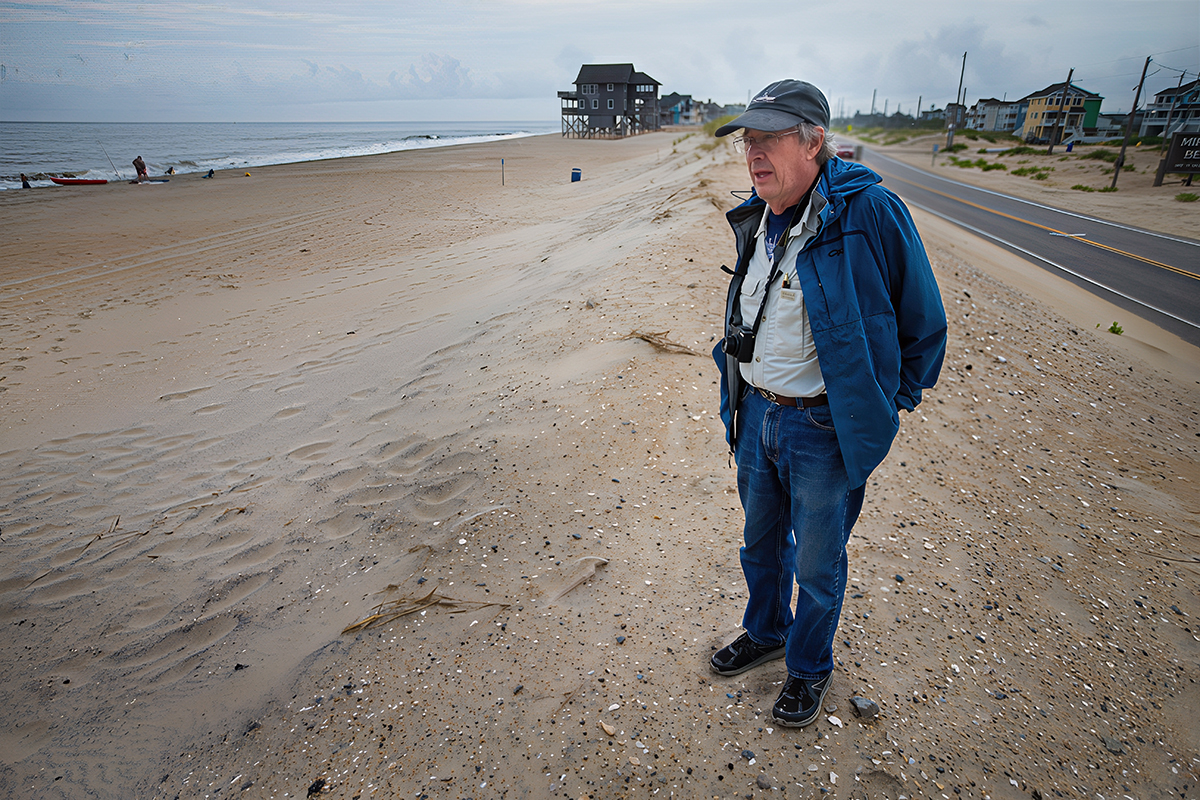
Guest Commentary To stimulate discussion and debate, Coastal Review welcomes differing viewpoints on topical coastal issues.
This fall has been one of the wettest in my memory — and yet, we haven’t had much significant rainfall, or a single hurricane or tropical storm make landfall. Still, the water lingers.
Supporter Spotlight
King tides have been washing over docks, creeping across yards, and flooding roads that once stayed dry except in the worst storms. For those of us living Down East in Carteret County, it’s a clear sign that something deeper is changing.
I’ve lived in Atlantic for six decades. I’ve never seen the roads hold water like this. The fields don’t dry out anymore. The ditches stay full — they just don’t drain.
When ditches stop working
For generations, Down East communities-built ditches moved water off the land and into nearby creeks or sounds. Those systems were based on one simple principle: gravity. Water flows downhill, and as long as the outlet of a ditch was lower than the land it drained — and the tide stayed low enough — water could flow freely.
But that balance has been shifting. The “hydrologic head,” or the difference in elevation that drives water to move from land to sea, has been shrinking as sea level rises. When the sea surface and ditch outlet are nearly the same height, there’s no longer enough downward pressure to push the water out. Even small rises in tide height or groundwater level can stop drainage altogether.
Today, many ditches are effectively at or just above mean high tide. That means during normal tides, water from the creeks seeps inland through the ditches, instead of the other way around. Even when a ditch still looks dry at low tide, the groundwater beneath it is now closer to the surface, leaving the soil perpetually saturated. Digging the ditch deeper doesn’t help — it only invites more saltwater in and raises the groundwater table even higher.
Supporter Spotlight
In short, the plumbing that once kept the land dry is backing up.
Ghost forests: symptom of a deeper change
Drive Down East in Carteret County, and the change is plain to see. Along North River, Core Sound, and the backroads of Cedar Island and Atlantic, stands of gray, lifeless trees rise like skeletons from the marsh — the ghost forests of a drowning coast.

Where there were once loblolly pines, red maples, and black gums, saltwater now seeps through the soil, killing the trees from the roots up. These ghost forests are not isolated patches — they are expanding corridors of dead timber that trace the slow inland march of the tides. They are, quite literally, the frontline of sea level rise.
The loss of these forests shows that this isn’t just a surface flooding problem. It’s the entire groundwater system responding to rising seas — a shift in the coastal hydrology that’s transforming once-productive working lands into wetlands and marsh.
What the future holds
If sea level continues to rise at its current pace — or faster, as most scientists expect — the next two or three decades will bring dramatic change to Down East Carteret County.
- Farming will become progressively more difficult, as fields stay too wet or too salty for crops or equipment.
- Roads will flood more often and for longer periods, isolating communities during high tides.
- Septic systems will fail, as the groundwater table rises to meet the drainfields.
- Homes and businesses built on low ground will face chronic flooding, declining property values, and higher insurance costs.
And yet, all this is happening without a single hurricane this year. The water is simply no longer leaving.
Working with water, not against it
The North Carolina Coastal Federation and many partners are working to restore natural hydrology on thousands of acres of previously ditched farmland and forestland. By filling or plugging ditches and re-establishing wetland systems, these projects allow the land to store and slowly release water — the way nature intended.
Restored wetlands act like natural sponges and filters, reducing flooding, improving water quality, and providing habitat for fish and wildlife. More importantly, they show that living with water is possible — but only if we plan for it, rather than trying to drain it away.
Facing reality
The ghost forests now lining our creeks are not just dying trees; they’re a warning. They tell us that the old ways of managing water — cutting deeper ditches, pumping harder, pushing it away — will not work in a world where the sea itself is rising.
Down East has always lived close to the water and thrived because of it. But if we want our communities to endure, we’ll need to give the land room to breathe again — to let it hold water where it must and adapt to what’s coming.
Because the water isn’t waiting.
The North Carolina Coastal Federation publishes Coastal Review.







